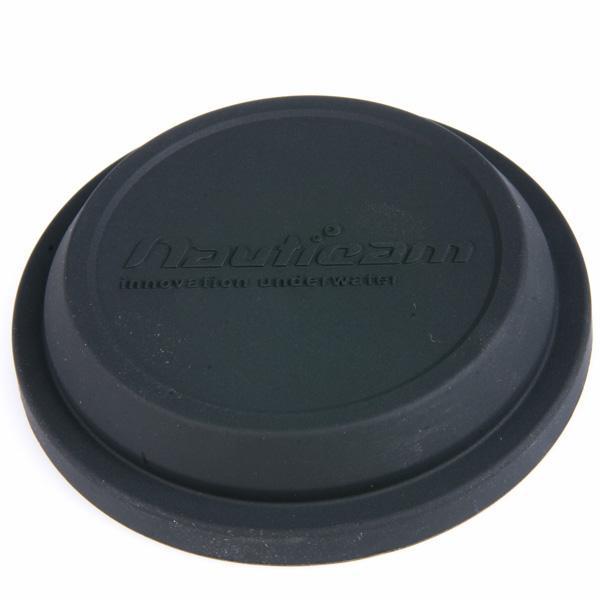Rear rubber protective cap for the CMC-1 for storage/transport
| Body Material: | Rubber |
|---|
Material: rubber
Login

Rear rubber protective cap for the CMC-1 for storage/transport
| Body Material: | Rubber |
|---|
Material: rubber
0 of 0 reviews
Similar products
compatible with
Functional cookies are absolutely necessary for the functionality of the web shop. These cookies assign a unique random ID to your browser so that your unhindered shopping experience can be guaranteed over several page views.
Cookies used for statistics and shop performance metrics.
Tracking cookies help the shop operator to collect and evaluate information about the behaviour of users on their website.
Service cookies are used to provide the user with additional offers (e.g. live chats) on the website. Information obtained via these service cookies may also be processed for site analysis.
Marketing cookies are used to display advertisements on the website in a targeted and individualized manner across multiple page views and browser sessions.

